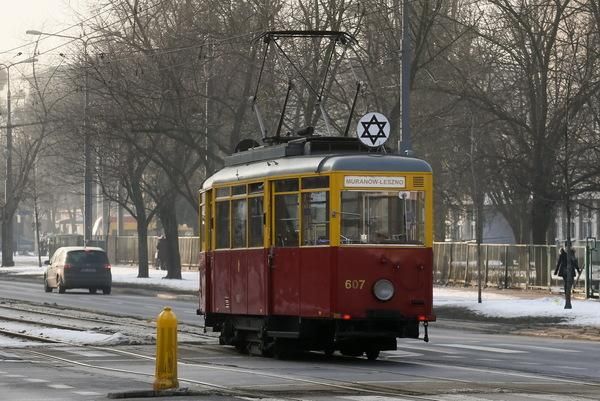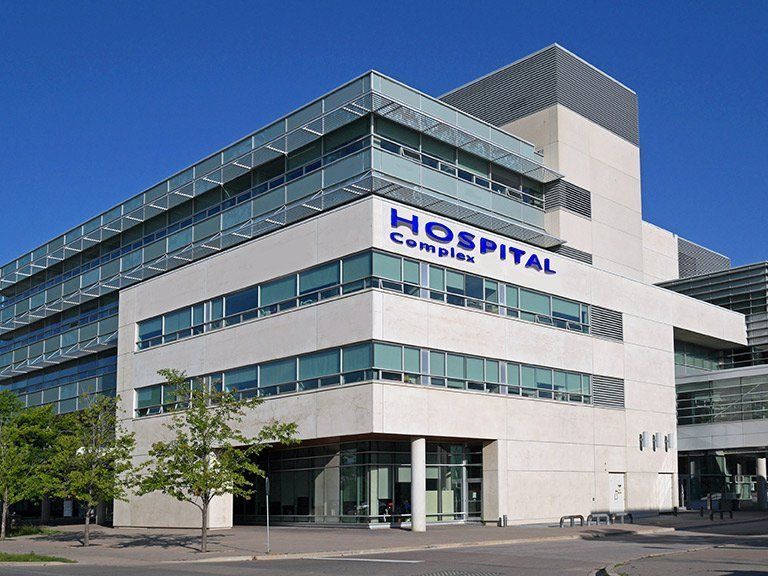When urgency is the missing ingredient
She looked at me across the desk, clear-eyed, resolved. Practical.
“Please,” she said. “Don’t sugar-coat this.”
It was at least 40 years ago. “Angela” (with a hard “g” please) was referring to my efforts to discuss her diagnosis of lung cancer — systematically, slowly, and clearly, or so I thought. It was an effort that had moved (too slowly for her, obviously) from me describing a “finding,” to saying “it looked suspicious to the radiologist,” to using the word “tumour.” I hadn’t actually gotten around to saying “cancer” and we were a long way from describing treatment options, next steps, referrals. I was a product of training in something called “communicating bad news,” and a novice at that.
In contrast, she was an experienced nurse, a quick study, impatient with the step-by-step revelation of her case. She was anxious “to get on with it.” Get on with what, exactly? The process of understanding. The process of moving toward treatment and resolution. Mostly the process of not being the victim, of owning her feelings, of planning her own next steps. A highly desirable outcome.
Although the circumstances are vastly different, it strikes me that the recent revelation of the buried Indigenous children carries a similar message for us. Just a month ago, the disclosure of 215 children’s remains on the grounds of an Indian Residential School in Kamloops, B.C., stirred grief across the country, if not exactly surprise.
We know the background. Beginning in the late 19th century, Indigenous boys and girls across the country were compelled to attend residential schools, forced to leave their families, and forbidden to speak their language, or practice their cultural customs, or pray as their ancestors had. Most of the so-called schools were operated by churches, creating places where abuse of all kinds was rampant. It is estimated that 150,000 children passed through their doors in over a century. With that revelation, the federal government issued an official apology and in 2010 established a National Truth and Reconciliation Commission. It concluded that at least 4,000 students died while attending the schools, that families often never learned the fate of their missing children and that the process amounted to cultural genocide. The TRC chair, Murray Sinclair, said he believed the number of children who disappeared was “well beyond 10,000” — 10,000! Just let that number sink in.
Since then, there has been a slow drip of revelations — over 700 graves found in a residential school in Saskatchewan, another gravesite found recently in B.C., more stories about the schools every week. There is no doubt there will be more.
It’s here that Angela enters my consciousness, a kind of spokesperson for the manner in which we’ve dealt with the lost children. At the federal level, there have been prime ministerial platitudes, and even tears, genuine enough at the moment they’re issued, I am sure. There have been calls for papal apologies. There’s been the promise of “doing more” though what exactly the “more” is, is unclear. But no urgency, none: the commission’s report was issued in 2015. Six years ago. Let that number sink in.
And yet, in the face of what might be called lethargic leadership, there is honest, palpable pain and victimization — countless Indigenous families await a respectful burial of their relatives; a nation holds its breath, simultaneously in denial and loss (Canada Day was a good example); Canadians like me (and you, I’m sure) are unaccountably sad, unsure of what to do. Outbursts of anger directed at churches, understandable if illegal. In the midst of this, unmarked graves continue to be unmarked, the children in them unnamed and unacknowledged, in some ways perpetuating the tragedy, as great as the original sin which placed the children in harm’s way in the first place. It’s a kind of COVID-19 of the spirit.
What stops federal, Indigenous and provincial leaders from developing a rapid response plan? What stops the creation of a pandemic-like national strategy of residential school examination, using ground radar and other forensics methods? What stops us from using our military resources? What stops us from employing interdisciplinary teams — archeologists, forensic examiners, historians, Indigenous persons? We deployed teams during the pandemic. We can do it now.
What would that take? A sense of urgency. An acknowledgement of the gravity of the situation. A spirit of unity. Heeding the UN Human Rights Office demand that Canadian authorities undertake “prompt and exhaustive investigations” into the deaths of Indigenous children and “redouble efforts” to find their bodies, searching unmarked graves, pursuing documentation. Accent on the “prompt.”
Finally, listening to Angela, who’d tell us to “get on with it.”










